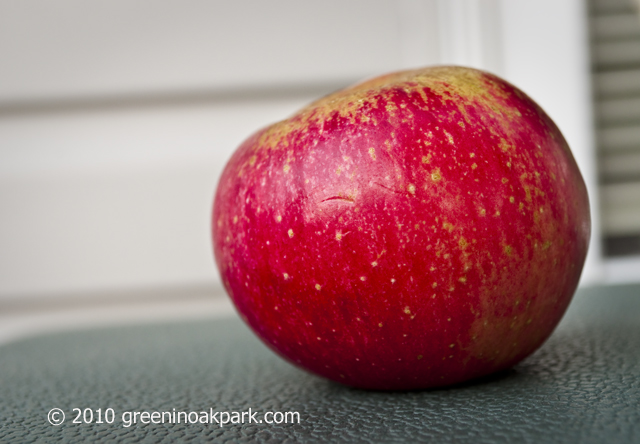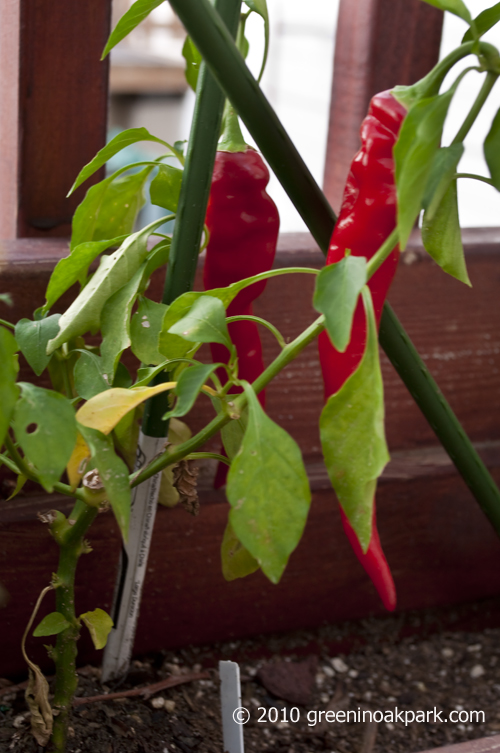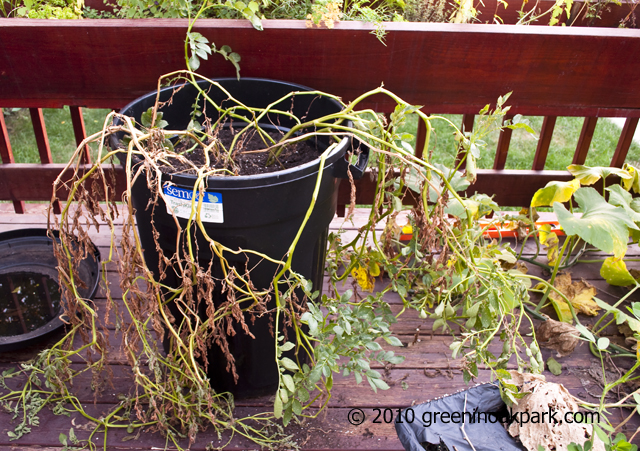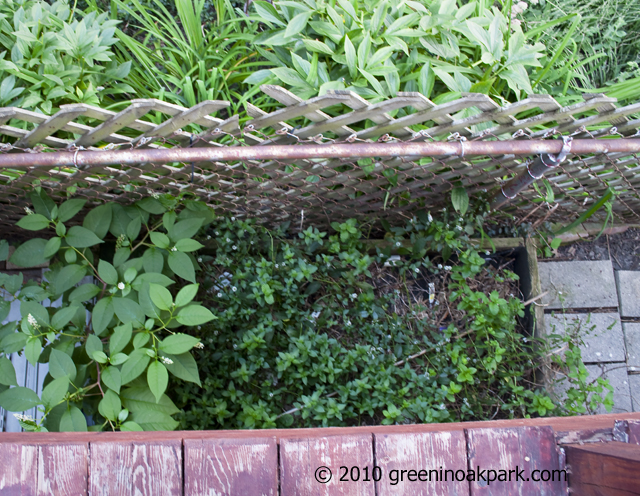I have a problem limiting my projects sometimes, so today when I went to the farmers market, I did NOT buy more blackberries for jam and I did NOT buy more peaches for salsa. If you’re not sure if you should be proud of me, the answer is yes, you should. After all, I have some more onions to preserve before they go bad, and I have some tomatoes that I must do something with in the next few days. It’s very easy to get into the habit of biting off more than I can chew, no pun intended. So I do my best to recognize that and avoid it but there’s so much I want to do that I often get carried away. When it leads to two pints of blueberries going into the compost bin because I couldn’t get to them in time, which is what happened last week, then I know I have to cut back.
I did, however, conclude that I was going to buy blueberries and make blueberry jam anyway, as was the original plan. Blueberries will be gone soon, after all. But that was the only new thing I bought today, so I’m not overloading myself. 😉
I used the full sugar version of this recipe from PickYourOwn.org. I’ll detail what I did, which is essentially their recipe with one tweak, but I urge you to check out their site. They’ve got a searchable database of pick your own farms and lots of information on canning, so they’re a great online resource.
Onto the recipe.
What you’ll need
– about 2 quarts of blueberries
– 3 1/2 cups of sugar
– half a package of pectin
– 1/4 cup of water
– 1/4 cup lemon juice, fresh or bottled
– large bowl
– about 5 clean pint canning jars with new lids and bands (can be run through the dishwasher to sanitize)
– canning jar lifter
– wide but shallow pan that can hold an inch or two of water
– large saucepan
– tall stockpot or waterbath canner, with rack and tight-fitting cover
– canning funnel
– ladle
– dishtowel spread out on counter
What you’ll do
Put your rack in the the tall stockpot and fill with enough water to cover the jars with a couple of inches of water. Heat over high heat and bring to boil as you’re performing your other tasks.
Fill the wide, shallow pan with an inch or two of water and place your jars and lids in the water. Heat the water, but don’t boil.
Wash the blueberries in a large bowl filled with water. Run them through your fingers and discard any mushy ones. Get rid of any remaining stems. Drain the water and mash them with a potato masher.

Because they’re small, this takes longer than mashing bigger fruit. If you want perfectly smooth jam or don’t have the patience to mash them, you can use a blender or food processor.
Set aside about 1/4 cup of the sugar and mix the pectin in with it. Put your blueberries in the large saucepan, add the pectin and sugar mixture as well as the water and lemon juice, stir well, and while continuing to stir enough to prevent burning, heat to a hard boil. A hard boil means the boiling doesn’t stop with stirring. Stir in the rest of the sugar and bring to a hard boil again, this time boiling for one minute.
Remove your jars and lids from the hot water with the jar lifter. Place the funnel in each jar and using the ladle, fill with jam, leaving about 1/4 inch of headroom on top. I got about 5 pint jars full with a little bit left over out of this recipe, but if you had to remove lots of mushy berries, you might get less. Wipe each jar’s top off with a damp towel, place a lid on each, and put a band on. Tighten to finger tightness.
Place the jars in the rack in the tall pot or canner. (The water should be boiling by now, but if it isn’t, continue following the directions and start timing when the water comes to a boil after the cover is placed on the pot or canner.) Make sure they are covered by an inch or two of water, lower heat, and cover. You want to maintain the boil but not let the water boil over, so adjust the heat accordingly. Process for 5 minutes, 10 minutes if you didn’t sanitize the jars. Remove jars with a jar lifter and set on the dishtowel for cooling. Within a few minutes, you should hear a “ping” as each jar seals. You can check after 24 hours by pressing on the middle of the lid – it shouldn’t give at all. You can also remove the bands and try to lift by the edge of the lid. The seal shouldn’t budge. Store upright.

If you read the recipe I linked above and didn’t catch it, the one tweak I made was that I halved everything but the lemon juice. That’s certainly not harmful as it actually increases the acidity a bit, and having tasted it, I think it’s got a nice, slightly tart taste to it. I think I’ll make it that way in the future.
So is this a frugal way to have blueberry jam? Yes and no. By my calculations, I spent about $13 on materials for about 40 oz of jam as a result. I’ve noticed the better brands of jam in the supermarket cost about $4 for a 10 oz jar, so to get the equivalent amount of supermarket jam, I would have to spend not quite $16, and probably a little over $17 with tax. So, I’m saving only $4-$5 which isn’t much for that amount of jam, but it’s still a bit cheaper and I’m getting a better-tasting end product while avoiding high-fructose corn syrup. Everyone has to decide for themselves if that’s worth it, both in time and money.
And as always, my caveats about using this blog as a way to learn how to can are at the end of this post. In short, don’t – read Putting Food By or another canning book, or take a class.
Now, after you’ve learned, go get some blueberries and make some jam. You won’t regret it.












